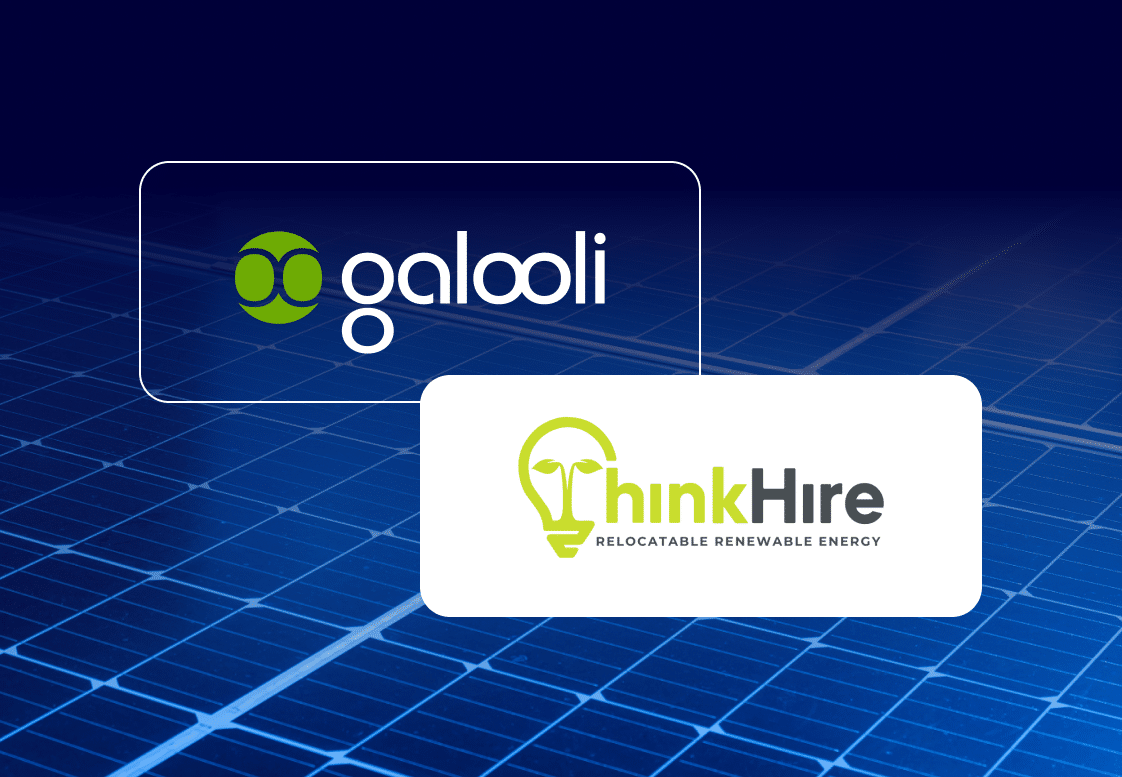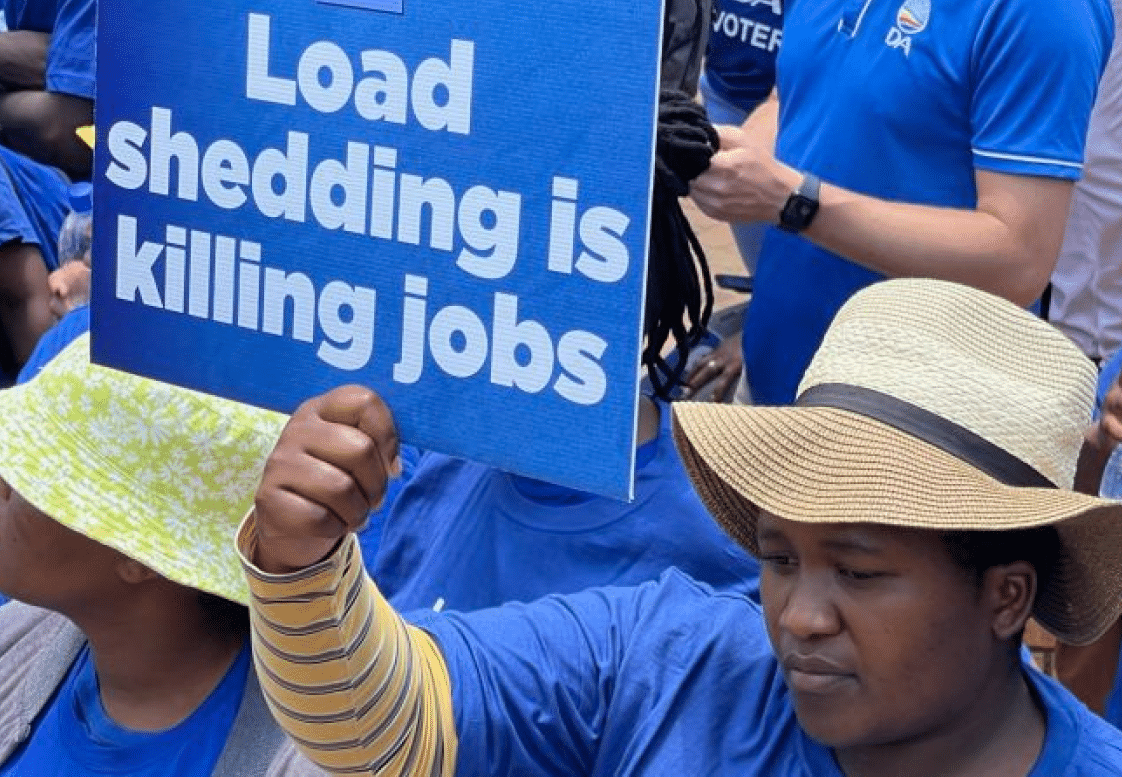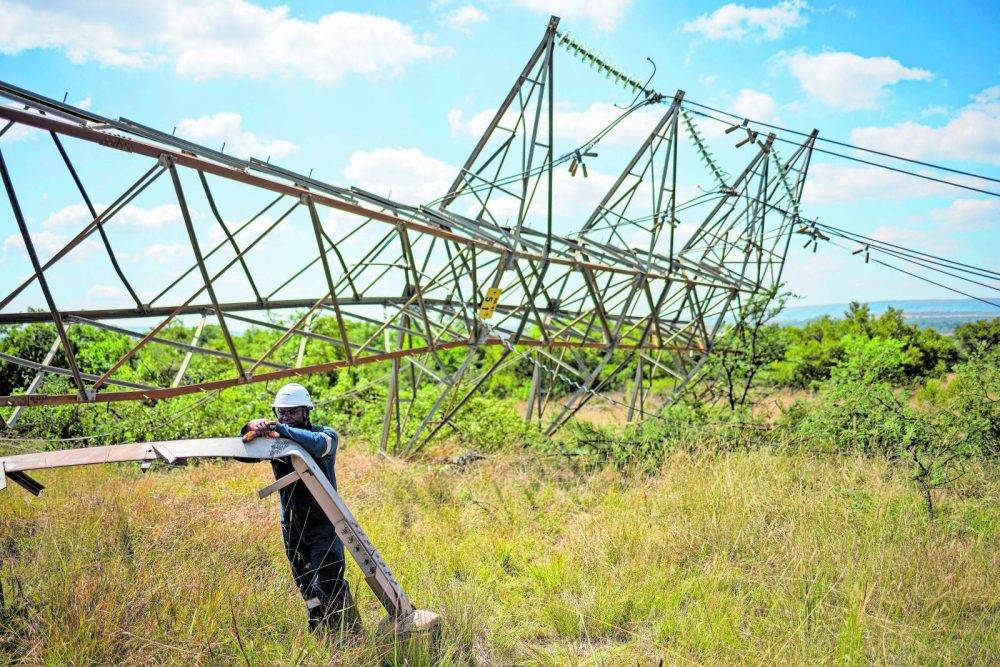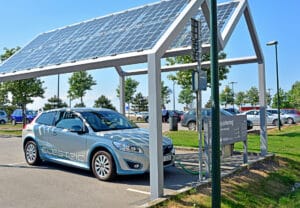By Galooli feat. Novasolis
So, what exactly is load shedding?
Load shedding in South Africa refers to a controlled process of rolling blackouts where electricity supply is intentionally reduced or turned off. This is implemented by Eskom, the country’s power utility, to prevent the collapse of the electrical grid.
What are the reasons for load shedding?
The reasons for load shedding are complex and include issues like:
Inadequate Supply of Electricity: Eskom has been struggling to meet the country’s energy demands due to a lack of investment in new power generation infrastructure.
Aging Infrastructure: South Africa’s electricity infrastructure is old and outdated and often out of commission for maintenance. Due to a lack of investment, there have been no major new power stations built or upgrading of existing ones in the past decade.
Debt: Eskom is currently burdened with massive debts, including more than R36 billion in outstanding municipal debt. This has severely impacted Eskom’s ability to improve its maintenance, infrastructure build and other operations.
Delayed Reforms to the Electricity Sector: Eskom has been a monopoly supplier and provider of electricity in South Africa for decades.
What is the impact of load shedding on people’s lives?
Load shedding has had a profound impact on the public, affecting healthcare services, financial stability, safety, access to essential services, and the overall quality of life:
Disruptions in daily life – basic activities such as cooking, heating, lighting and water supply
Economic impact (major financial losses) – disrupted production and business operations
Education disruptions – teaching and learning processes including exams are severely challenged
Emotional stress – people cannot relax and feel comfortable in their homes, leading to stress and potentially affecting mental health
Health and safety concerns – increased risks during surgeries, emergency procedures, and patient monitoring
Coping Strategies
The challenges posed by load shedding highlight the need for sustainable solutions to ensure reliable electricity supply and mitigate the negative effects on the public.
Therefore, the South African public has developed various coping strategies to manage and mitigate the effects of load shedding. These strategies range from practical solutions such as efficient energy usage and conservation, planning and scheduling, and adapting lifestyle habits to minimize the impact.
- Backup Power Sources:
Generators – Many households and businesses invest in diesel or petrol generators to provide power during outages.
Uninterruptible Power Supplies (UPS) – A UPS can provide short-term power to essential devices like computers, Wi-Fi routers, and security systems immediately after a power outage.
Solar Panels and Inverters – There’s a growing trend towards using solar energy, with many installing solar panels coupled with batteries to store energy for use during load shedding.
- Energy Storage
Battery Systems – Battery systems can store electricity from the grid or solar panels, providing power during outages.
Portable Power Stations: Compact and portable, these can power small appliances and charge mobile devices.
Backup power sources are a viable option, however they too come with their own challenges such as:
Cost – Backup power solutions like generators and solar systems can be expensive to purchase, install, and maintain
Technical Expertise – Lack of skills to install and maintain power solutions lead to potential safety hazards and system failures
Quality & Warranty – Ensuring the quality and longevity of backup power solutions is crucial
Maintenance – Regular maintenance is essential for backup power solutions’ effectiveness
A new technology to tackle load shedding
These challenges have lead companies Galooli and Novasolis to join hands and come up with a new solution: GENsight, a solution for businesses that operate facilities that require uninterrupted power supply, even through load-shedding.
It does so by also allowing businesses to reduce fuel costs by up to 30%, and save costs by preventing site downtime. It also provides real time monitoring capabilities and smart analytics that enable a more proactive approach to maintenance and security issues.
That way, businesses can ensure their assets and sites are working from afar while reducing site visits.
In conclusion, the challenges of load shedding in South Africa are both complex and deeply ingrained within the structure of Eskom and the nation’s aging infrastructure. GENsight emerges as a pivotal solution in this landscape, addressing critical issues.
By optimizing energy usage, enhancing system reliability, and simplifying the management of backup power solutions, GENsight not only supports the immediate needs of mitigating load shedding impacts but also contributes to the broader goal of establishing a more stable and efficient energy framework for South Africa.































